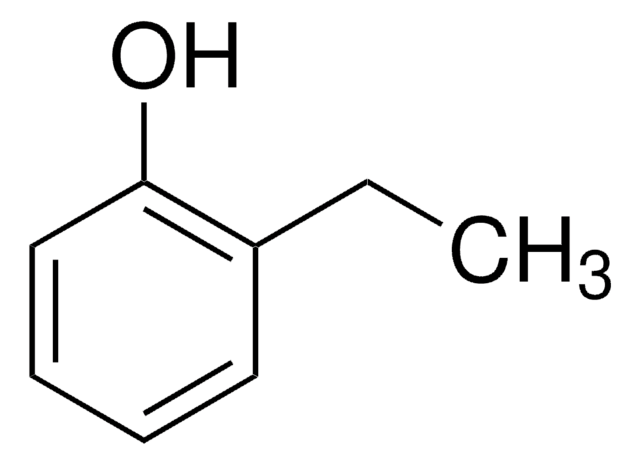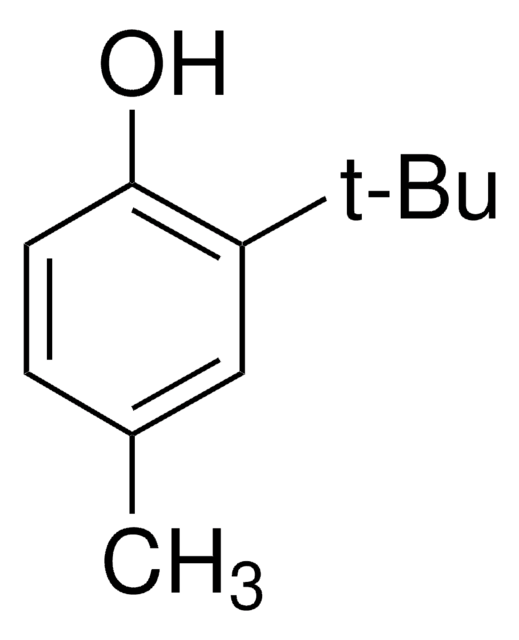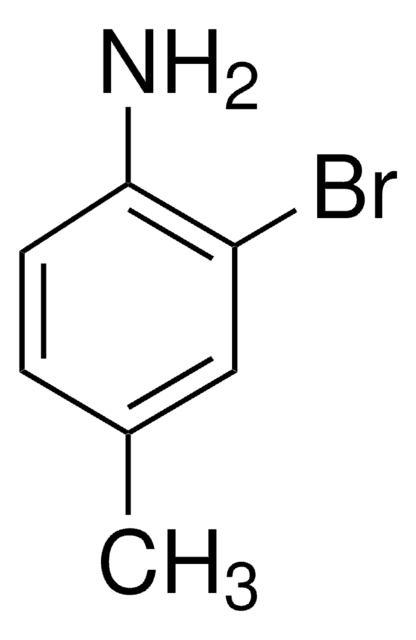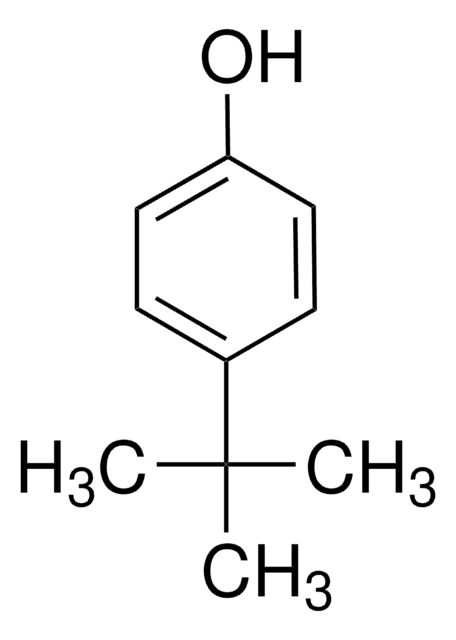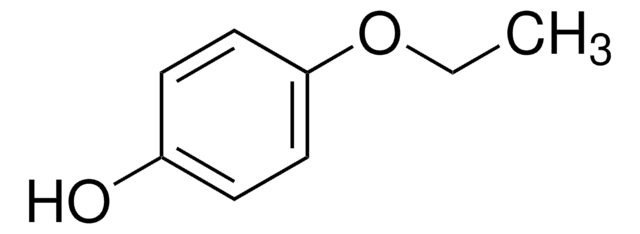175404
4-Isopropylphenol
98%
Sinonimo/i:
p-Cumenol
About This Item
Prodotti consigliati
Densità del vapore
>1 (vs air)
Livello qualitativo
Saggio
98%
Stato
crystals
P. ebollizione
212-213 °C (lit.)
Punto di fusione
59-61 °C (lit.)
Stringa SMILE
CC(C)c1ccc(O)cc1
InChI
1S/C9H12O/c1-7(2)8-3-5-9(10)6-4-8/h3-7,10H,1-2H3
YQUQWHNMBPIWGK-UHFFFAOYSA-N
Cerchi prodotti simili? Visita Guida al confronto tra prodotti
Categorie correlate
Descrizione generale
Applicazioni
Avvertenze
Danger
Indicazioni di pericolo
Classi di pericolo
Acute Tox. 4 Dermal - Acute Tox. 4 Inhalation - Acute Tox. 4 Oral - Eye Dam. 1 - Skin Corr. 1B
Codice della classe di stoccaggio
8B - Non-combustible corrosive hazardous materials
Classe di pericolosità dell'acqua (WGK)
WGK 3
Punto d’infiammabilità (°F)
230.0 °F - Pensky-Martens closed cup
Punto d’infiammabilità (°C)
110 °C - Pensky-Martens closed cup
Dispositivi di protezione individuale
Eyeshields, Faceshields, Gloves, type P3 (EN 143) respirator cartridges
Scegli una delle versioni più recenti:
Possiedi già questo prodotto?
I documenti relativi ai prodotti acquistati recentemente sono disponibili nell’Archivio dei documenti.
I clienti hanno visto anche
Il team dei nostri ricercatori vanta grande esperienza in tutte le aree della ricerca quali Life Science, scienza dei materiali, sintesi chimica, cromatografia, discipline analitiche, ecc..
Contatta l'Assistenza Tecnica.


